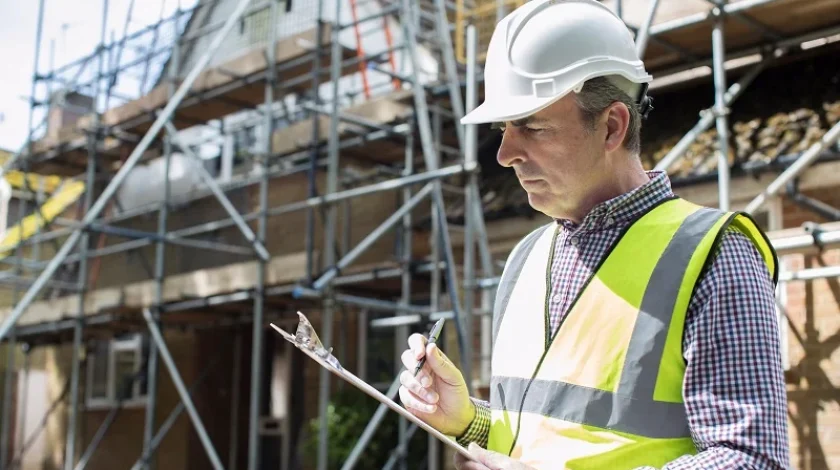As part of the 2017-18 Federal Budget, Treasury announced its intention to tighten up GST compliance within the residential property development sector. The changes in the collection of GST payments include new GST withholding obligations on the part of purchasers, together with notification obligations for developers.
Following the assent of the Treasury Laws Amendment (2018 Measures No. 1) Bill 2018, effective from 1 July 2018, purchasers will now bear the responsibility of paying the GST component of the sale price for a new residential premises (including new residential units, the subdivision of land into residential lots and the sale of home and land packages) to the Australia Taxation Office (ATO) directly. This means that the purchaser will now hold onto 1/11th of the purchase price and make payment to the ATO either at or before to the settlement of the transaction.
In circumstances where a ‘margin scheme’ is utilised, purchasers must still make a GST payment of 1/11th of the purchase price to the ATO, irrespective of whether the actual GST amount is lower than this figure. Developers will then have the obligation to claim the difference in the GST amount, by lodging their Business Activity Statement (BAS). Developers are also required to provide purchasers with written notice 14 days prior to the settlement of the transaction, informing them of their specific GST payment obligations.
This notice must also specify:
- The name and ABN of the developer;
- The GST amount payable to the ATO;
- The date in which the GST amount is payable.
Unlike the withholding obligations outlined above, the mandatory notification obligations exist in relation to most supplies of ‘residential premises’ (not only ‘new residential premises’) or ‘potential residential land’. It is important that developers adhere to their obligations with regard to notifying the purchasers of their GST payments, as failure to do so may attract a maximum fine from a court of $21,000 (100 penalty units) for individuals, or $105,000 for companies (500 penalty units). Developers should also be aware that the ATO themselves may impose a penalty of $21,000 (100 penalty units).
Why is there a change?
The current system requires a property developer to collect the entire purchase price for new residential premises and lots, and deduct the relevant GST component. They are then required to remit this amount to the ATO via the BAS lodgement process. It is suggested that the changes in timing with regard to the collection of GST payments, as well as the developer’s notification obligations are due to developers liquidating their development companies prior to the GST liability being due. This is despite the fact that some developers were also claiming GST credits in lieu of development costs. The new regime effectively ensures that the correct GST amount will be paid with respect to the sale of a new residential premises and/or lots.
What are the effects/what should you do?
There is no doubt that developers will be impacted by the regime in various ways. In particular, developers must now ensure that they are aware of their notification obligations and are urged to take the time to develop policies and procedures surrounding transactions of ‘residential premises’ or ‘potential residential land’ to reflect such obligations. Further, developers should amend their standard contracts for sale and ensure the terms within are consistent with the new regime. Finally, developers should also consider the commercial impacts that the regime is likely to have on their working capital and project financing modelling.
If you have any questions regarding the above information and would like to know more about the regime, or to discuss potential effects on residential development projects – please don’t hesitate to get in touch with Coleman Greig Lawyers’ Building & Construction team.













